Hillary Clinton holds a clear advantage
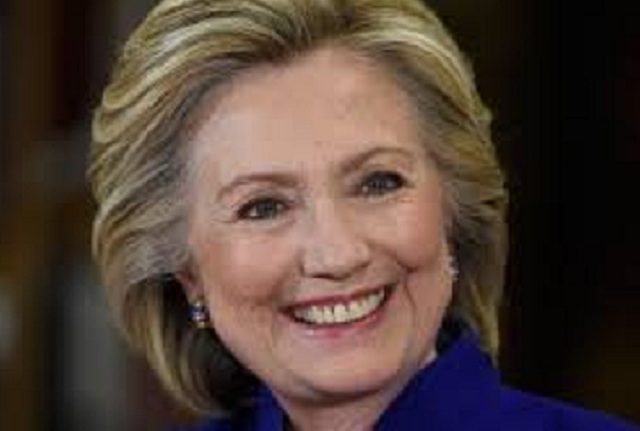
Columbus — Two months from Election Day, Hillary Clinton has a clear edge over Donald Trump in nearly every measure traditionally used to gauge success in presidential races.
She’s raising huge sums of money and flooding airwaves with television advertisements. A sophisticated data team with a history of winning White House contests is meticulously tracking voters in key battleground states. Clinton also has multiple paths to the 270 electoral votes needed to win in November — so many that she could lose Ohio and Florida and still become America’s first female president.
But Trump’s campaign believes there are pockets of voters eager to be persuaded not to back Clinton. While Trump squandered a summer’s worth of opportunities to court those voters, his campaign heads into the fall suddenly confident in its ability to make up lost ground.
Trump aides were gleeful on Friday over the release of FBI notes regarding Clinton’s controversial email practices while secretary of state. His campaign plans to come out of the Labour Day weekend wielding the report as a warning about the Democrat’s judgement.
Getting Trump to make that kind of consistent case against Clinton has been a herculean task for much of the campaign. But advisers say he’s more receptive to his new leadership team’s more scripted approach, mostly because it’s coincided with a tightening in the public polls he monitors obsessively.
“There’s a renewed focus on Hillary Clinton and her problems, which I think has been beneficial,” said Matt Borges, the chair of Ohio’s Republican Party. “He’s got to sustain this for another couple weeks.”
Still, Trump aides acknowledge that the brash businessman needs to more to address his own shaky standing with voters.
Trump’s campaign has spent no general election money on positive, biographical ads, despite having plenty of cash to do so. Efforts to highlight a warmer side of the New York real estate developer at the GOP convention were quickly overshadowed by flaps of his own making. He’s also angered anew Hispanics voters, a fast-growing segment of the electorate that Republicans are desperate to draw from, by holding fast to his tough immigration policies.
“He’s running up against a population trend and a demographic reality,” said Steve Schale, a Florida-based Democratic strategist.
If Trump can reshape the race, he’ll need to do so quickly. Early voting begins in some states this month. North Carolinians can start submitting absentee ballots Friday. In Ohio — a state no Republican has won the White House without – people can start voting on October 12, a week before the last of three presidential debates.
Both campaigns expect enormous audiences for the debates. Clinton, who has been in intensive study sessions with her debate team in recent days, is sure to face higher expectations from voters. Trump’s political inexperience leaves him with a lower bar to clear.
Privately, Republican leaders say it will take more than strong debates for their nominee to alter a race that appears to be leaning in Clinton’s favour. While Trump publicly maintains support from numerous high-ranking GOP officials, a striking number of discussions among Republicans in Washington often begin with an assumption that Clinton will be president come January.
Trump advisers vigorously dispute that the race has slipped from their grasp. They contend most Americans are just now tuning into the presidential campaign in a serious way.
“We’re very much on schedule to do what we need to do to turn out the vote for Mr. Trump,” said Bob Paduchik, Trump’s Ohio state director and one of the most experienced operatives on the Republican’s staff. Paduchik said Trump’s efforts heading into the fall are focused primarily on rallying “disaffected Democrats and independents.”
Clinton’s campaign has long argued that Trump is overestimating the number of voters willing to switch from voting Democratic in presidential election to Republican. But Clinton aides are monitoring movement toward a pair of third party candidates, Libertarian Gary Johnson and the Green Party’s Jill Stein.
“There’s no question you’ve got two candidates who are both underwater on their favourables right now,” Joel Benenson, Clinton’s chief strategist and pollster, said by way of explaining the appeal of Johnson and Stein. “I think it’s important as this gets closer that people understand the stakes and the importance of their vote.”
Clinton and running mate Tim Kaine will have an all-star stable of Democrats making that case on their behalf through the fall.
President Barack Obama is expected to spend much of October campaigning for Clinton, focusing in particular on increasing turnout among young people, blacks and college-educated whites. Vice President Joe Biden will camp out in working class areas of Ohio and Pennsylvania. Vermont Sen. Bernie Sanders, Clinton’s vanquished primary rival, will be rallying the young voters and liberals who backed his campaign.
Trump will be largely on his own, with the exception of running mate Mike Pence and a few loyal supporters such as New Jersey Gov. Chris Christie and former New York City Mayor Rudy Giuliani. In the battle for control of the Senate, most Republicans in competitive races have stayed away from Trump.
Meanwhile, Trump promised African Americans prosperity and jobs on Saturday in a visit to a black church in Detroit, as he called for a “civil rights agenda of our time”.
“I am here to listen to you,” Trump told the congregation at the Great Faith Ministries International. “I am here to learn.”
The former real estate mogul and Reality TV star has stepped up his appeals to minority voters in recent weeks, but the visit was the first time Trump has addressed a largely black audience since winning the Republican nomination.
While protesters were a vocal presence outside, Trump made a pitch inside for support from an electorate strongly aligned with Democrat Hillary Clinton.
“I want to help you build and rebuild Detroit,” he said. “I fully understand that the African-American community has suffered from discrimination and there are many wrongs that should be made right.”
He also said the nation needs “a civil rights agenda of our time,” with better education and good jobs.
The visit is a high-profile stop in Trump’s recent bid to offset the overwhelming advantage his rival Hillary Clinton has among African American voters, who make up 12 percent of the electorate.
Before the speech, protesters chanting “Dump Trump” and “We’re going to church” tried to push through police barriers to gain entrance.
“The devil’s in the pulpit,” shouted Wyoman Mitchell, one of about 200 protesters who were pushed back by police on foot and on horseback in the tense encounter.
“[Trump] didn’t come to hear us, he came to talk to one of us to tell us what he thinks we ought to do,” Pastor Lawrence Glass, one of the organisers of the protest, told Al Jazeera.
“We are protesting against someone who has proven to have a legacy of bigotry and bullying . . . people of color and people of faith are not standing for Trump and his antics of racial bias.”
To bolster his case, Trump points at the Democratic stance on immigration, claiming his rival would rather give jobs to new refugees than unemployed black youth.
The African-American electorate traditionally leans heavily Democratic.
In 2012, about 93 percent of black voters backed Obama — an overwhelming enthusiasm that Clinton appears to have kept alive, taking 90 percent of the black vote in her primary contest against Bernie Sanders. — Al Jazeera

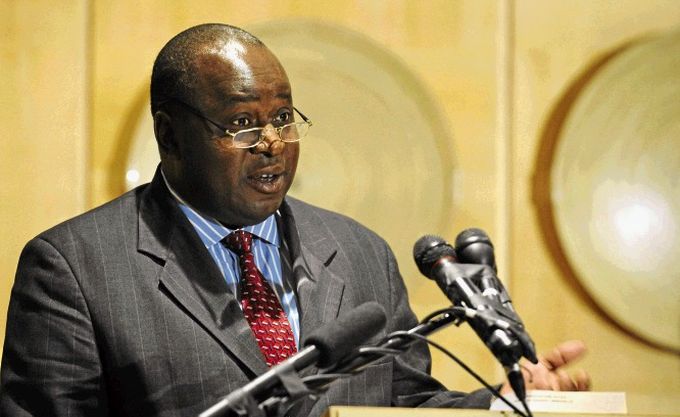

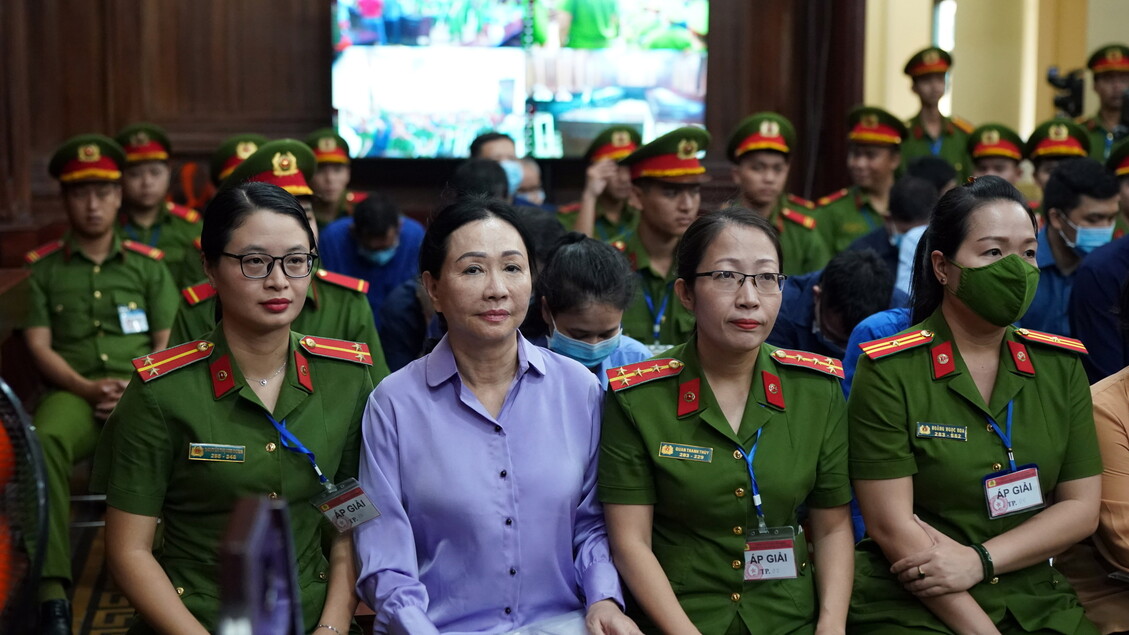
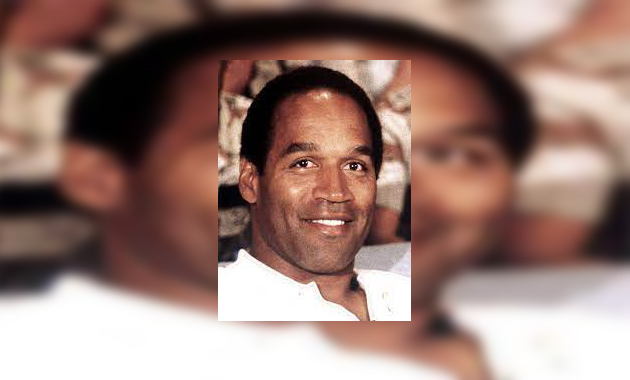



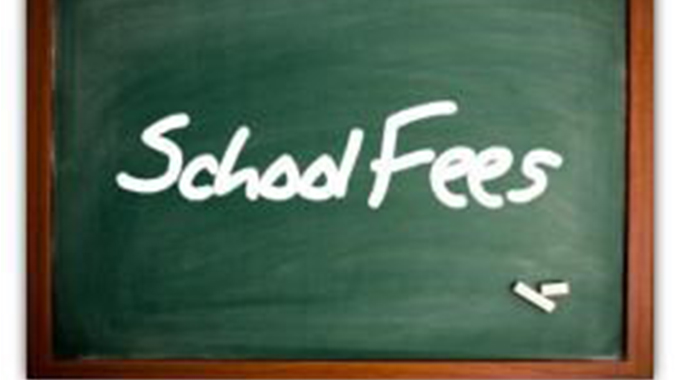

Comments